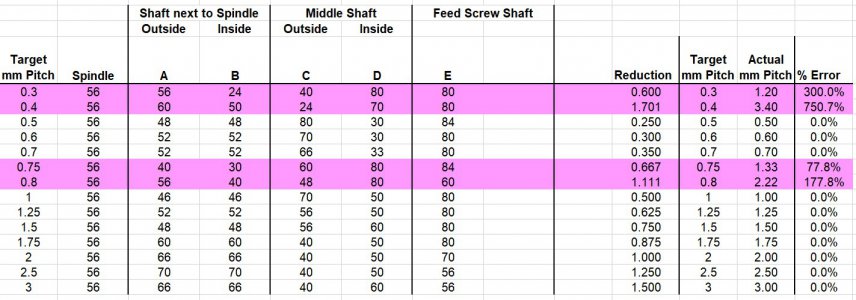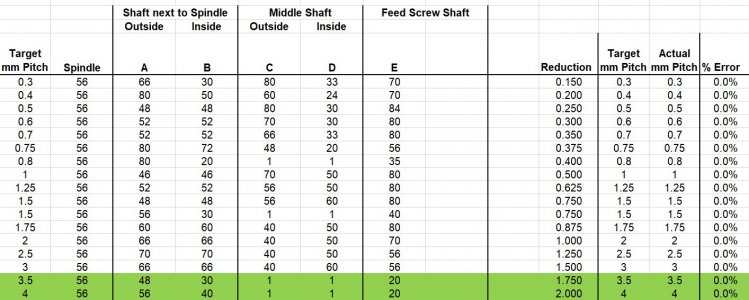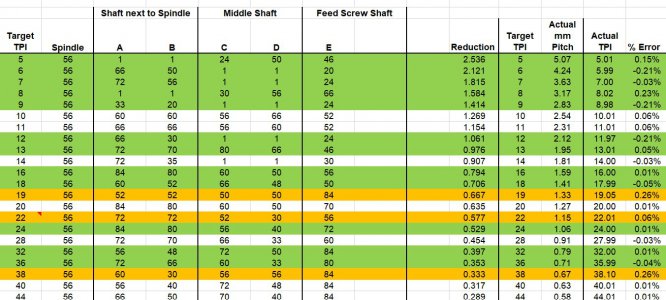- Joined
- Sep 1, 2024
- Messages
- 9
Recently purchased a new Vevor WM210V-L lathe from Amazon. I've been looking at several models over the past year and decided to purchase this one because of the much larger spindle bore size as compared to the other Asian mini lathes in the market. My initial want for the lathe, other than just cool to make things on it, was to be able to center drill and tap 3/4" rod. I have a fabrication project I've been wanting to do and the ability to center drill and tap round stock has lathe written all over it. I had the money set aside for about a year and finally bit the bullet.
Initial reactions to the lathe have been pretty good. I've read many threads on "don't buy Vevor lathes, they're crap". I've watched dozens of youtube vids on peoples' experiences with them and what issues they've had from the get go. Initially looking at headstock/tailstock alignment looks pretty good. That was my worst fear. People talking about shiming, grinding,etc to align the tailstock. I put the MT5 center in the spindle and a dead center in the tailstock and pushed them together. Looks pretty close. I haven't done any cutting and measuring tests yet to see if I need to twist the bed yet but I've ordered a machinist's level and plan on doing so. I'm thinking about a frame to mount on my work bench that I can use to level and the twist the ways when I get there. I'll basically make a rectangular frame to bolt the lathe to that I can adjust and level with four fine threaded bolts at each corner.
So I chucked up a length of 3/4" rod for my fabrication project and begin by facing and chamfering each end. Then I put the drill chuck in the tailstock and used a center drill to start. Marked my hole and put in a 7/32 drill bit to drill a pilot hole to depth. Lubed it up with some oil and was slowly working it in to my target depth of 1.25". I got to about a little over an inch when the spindle stopped. I pressed stop on the e-stop and turned the F/O/R switch to off. Then I switched it back to forward and pressed the ON button. There was a LOUD pop and the ground fault plug in the wall popped. Lathe was dead. I later tried again with even more fireworks. More pops, zaps, crackles and buzzes. Hit the stop again and unplugged the machine...
Initial reactions to the lathe have been pretty good. I've read many threads on "don't buy Vevor lathes, they're crap". I've watched dozens of youtube vids on peoples' experiences with them and what issues they've had from the get go. Initially looking at headstock/tailstock alignment looks pretty good. That was my worst fear. People talking about shiming, grinding,etc to align the tailstock. I put the MT5 center in the spindle and a dead center in the tailstock and pushed them together. Looks pretty close. I haven't done any cutting and measuring tests yet to see if I need to twist the bed yet but I've ordered a machinist's level and plan on doing so. I'm thinking about a frame to mount on my work bench that I can use to level and the twist the ways when I get there. I'll basically make a rectangular frame to bolt the lathe to that I can adjust and level with four fine threaded bolts at each corner.
So I chucked up a length of 3/4" rod for my fabrication project and begin by facing and chamfering each end. Then I put the drill chuck in the tailstock and used a center drill to start. Marked my hole and put in a 7/32 drill bit to drill a pilot hole to depth. Lubed it up with some oil and was slowly working it in to my target depth of 1.25". I got to about a little over an inch when the spindle stopped. I pressed stop on the e-stop and turned the F/O/R switch to off. Then I switched it back to forward and pressed the ON button. There was a LOUD pop and the ground fault plug in the wall popped. Lathe was dead. I later tried again with even more fireworks. More pops, zaps, crackles and buzzes. Hit the stop again and unplugged the machine...








